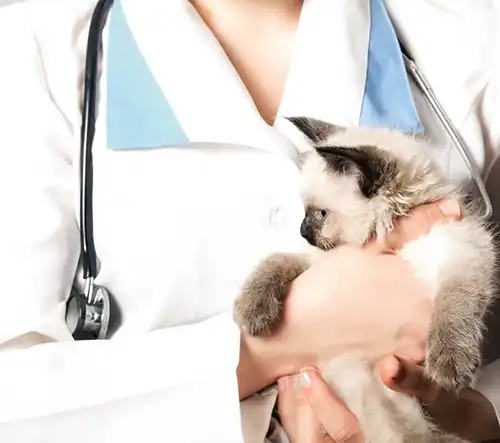
Choosing Your Pet’s Kitty Furniture
Does your feline buddy have a kitty tower? Cats are really adept at making themselves

Anxiety In Dogs
Did you know that dogs can suffer from anxiety, just as people can? Our canine

Meet The Salty Licorice Cat
Cat lovers, take note: there’s a new kitty in town! Or rather, Man’s Second Best

A Guelph, ON Veterinarian Weighs In About Itchiness In Pets
Do you often find your furry friend scratching against things? Does your canine or feline

Things To Ask Your Vet
Do you have an upcoming appointment with our animal clinic? While your furry buddy would

Diabetes and Pets
Did you know that approximately 1% of our furry pals develop diabetes at some time







!Social Media Icons